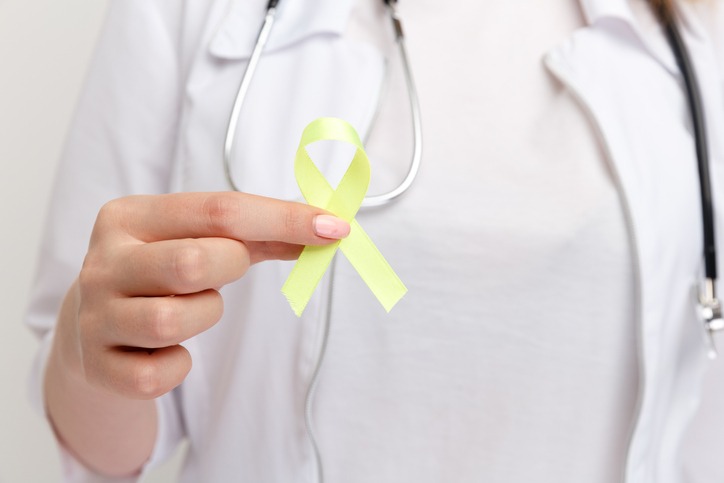
As reported by Nursing in Practice, in a bid to combat the alarming increase in suicides, the government announced a comprehensive National Suicide Prevention Strategy, emphasizing collaboration with healthcare bodies and a goal to reduce suicide rates within the next five years
The new National Suicide Prevention Strategy aims to reduce the suicide rate in England over the next five years, with initial reductions to be observed within half this time or sooner.
It also intends to improve support for people who have self-harmed and for people bereaved by suicide.
This comes as provisional data suggests there were 5,275 deaths by suicide registered in England in 2022, compared to 4,215 recorded in 2010.
Following ‘several years of steady decline’, the new strategy highlighted an increase in the suicide rate in 2018, in part due to changes in how suicides were recorded, as well as other factors.
The government said that while the current suicide rate was ‘not significantly higher’ than when a previous prevention strategy was introduced in 2012, ‘the rate is not falling’.
‘We must do all we can to prevent more suicides, save many more lives and ultimately reduce suicide rates,’ the strategy added.
More than 100 measures for preventing suicide have been announced, including a new national alert system to tackle emerging methods of suicide, as well as fresh guidance for first responders.
In particular, the strategy highlights work that will be done together with the Department of Health and Social Care (DHSC), NHS England and other professional bodies to ‘improve’ suicide prevention signposting and support to those using primary care services, including those receiving care for physical health issues.
‘It is important that those working in primary care recognise the risk of suicide associated with physical ill-health, and have the knowledge and skills to effectively intervene and signpost to support where this may be needed,’ said the strategy, which noted this was ‘especially true for groups such as middle-aged men’.
A study published by the Cambridge University, highlighted within the strategy, suggested that while two in three people who take their own life have not been in contact with mental health services within the previous 12 months, between 49-92% contacted primary healthcare services in this time.
‘It is essential that we support those seeking help for physical illness to meet both their physical and mental health needs,’ noted the strategy.
Other measures announced by the government include plans to review guidelines around the supply and prescribing of medicines.
The Medicines and Healthcare Regulatory Agency (MHRA) is to monitor whether retailers are complying with guidance around the sale of analgesics such as paracetamol, including promotions that exceed the recommended maximum.
The DHSC and the MHRA will review whether regulatory change is needed to amend the quantity of tablets that can be sold.
Meanwhile, guidance for GPs on safe prescribing may be strengthened to reduce the risk associated with the prescribing of certain medicines as the Royal College of General Practitioners (RCGP) revises its curriculum.
Minister for mental health and women’s health Maria Caulfield, said: ‘The impact of suicide on individuals and loved ones is devastating.
‘This strategy will bolster the work this government is already undertaking to reduce the number of suicides, and help us intervene where needed as early as possible.’
Alongside the national strategy, NHS England also released a toolkit to help prevent suicide among NHS workers.
The toolkit, spearheaded by England’s chief nursing officer Dame Ruth May, warned nurses were at ‘particular risk’ of suicide because of a ‘unique combination’ of workplace pressures, patient demands and worries about seeking mental health support.


Be the first to comment